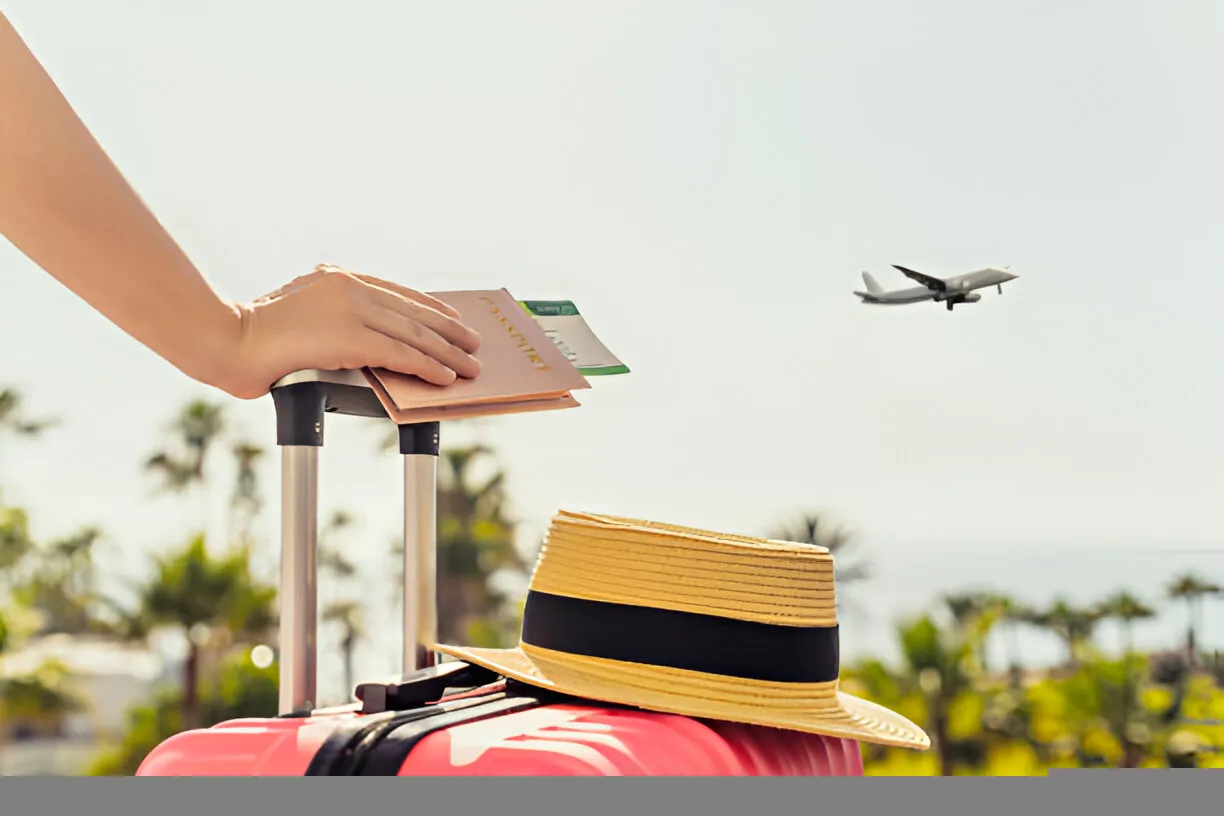
Do You Need Travel Insurance to Climb Kilimanjaro? | Trekking Guide
Climbing Mount Kilimanjaro is a once-in-a-lifetime adventure—but it also comes with risks. Altitude sickness, flight delays, lost gear, or emergency evacuation from the mountain can all disrupt your trip and lead to unexpected expenses. That’s why travel insurance is more than a recommendation—it’s essential. In this guide, we explain why you need travel insurance for Kilimanjaro, what it should cover, and how to choose the best plan for your trek.
"Travel insurance won’t stop altitude sickness, but it will protect your dream climb if things don’t go as planned." — Kilimanjaro Safety Consultant
Why Travel Insurance Is Crucial for Kilimanjaro Climbers
At nearly 6,000 meters, Kilimanjaro challenges both your physical limits and logistical plans. Unpredictable weather, high altitude effects, or even minor injuries can force trekkers to descend or seek help. Medical evacuation from the mountain isn't free—and without insurance, it could cost thousands of dollars. Travel insurance gives you peace of mind so you can focus on the summit, not the "what ifs."
What Your Travel Insurance Should Cover
- High-Altitude Trekking: Ensure your policy includes coverage up to at least 6,000 meters. Many standard plans stop at 3,000 or 4,000m.
- Emergency Evacuation: Helicopter evacuation and medical transport from Kilimanjaro National Park should be fully covered.
- Trip Cancellation & Interruption: Reimbursements for cancelled flights, delayed baggage, or missed trek departures.
- Medical Expenses: Coverage for treatment abroad, including altitude sickness, injuries, or infections.
- Lost or Stolen Belongings: Useful if gear or valuables are lost during flights or transit.
Best Travel Insurance Providers for Kilimanjaro (2025 Picks)
1. World Nomads
Designed for adventure travelers, World Nomads covers high-altitude trekking and emergency medical evacuation. Easily extendable and claims are straightforward—even from Tanzania.
2. IMG Global (Patriot Travel Series)
IMG Global offers solid coverage up to 6,000m with add-ons for adventure sports. Ideal for climbers who want medical, trip, and evacuation protection all in one.
3. SafetyWing Nomad Insurance
Flexible and affordable, SafetyWing works well for digital nomads and travelers alike. Confirm the adventure sports rider to ensure full coverage for Kilimanjaro trekking.
4. Allianz Travel Insurance
Popular for global travelers, Allianz provides customizable packages. Make sure to choose a plan that includes mountain trekking and medical evacuation.
What to Check Before Buying Travel Insurance
- Altitude Limit: Your policy must cover trekking above 5,000m.
- Evacuation Details: Look for "air ambulance" or "helicopter rescue" in the fine print.
- Pre-existing Conditions: Declare all health issues to avoid denied claims.
- Duration and Region: Confirm your dates and that Tanzania is listed in the coverage zone.
- Adventure Sports Clause: Trekking can fall under this—check for exclusions.
Common Mistakes to Avoid
- Assuming Basic Travel Insurance is Enough: Many regular plans exclude high-altitude treks.
- Buying Too Late: Purchase insurance when booking your trip—not right before flying.
- Not Reading the Fine Print: Altitude limits and exclusions matter—always double-check.
Conclusion: Protect Your Kilimanjaro Adventure
Travel insurance isn't just a checkbox for Kilimanjaro—it’s your backup when plans go sideways. Choose a policy that includes trekking over 6,000m, emergency evacuation, and medical care. It might feel like an extra expense now, but if anything goes wrong on the mountain, it could be the best decision you make.
FAQs
1. Is travel insurance mandatory for Kilimanjaro?
While not legally required, most tour operators (and smart trekkers) consider it essential due to high risks and emergency costs.
2. How much does Kilimanjaro travel insurance cost?
Plans range from $60 to $200 depending on your nationality, coverage, and trip length. High-altitude coverage may increase the price.
3. Can I buy travel insurance after arriving in Tanzania?
Some providers allow it, but coverage might be limited or delayed. It's best to arrange it before departure.
